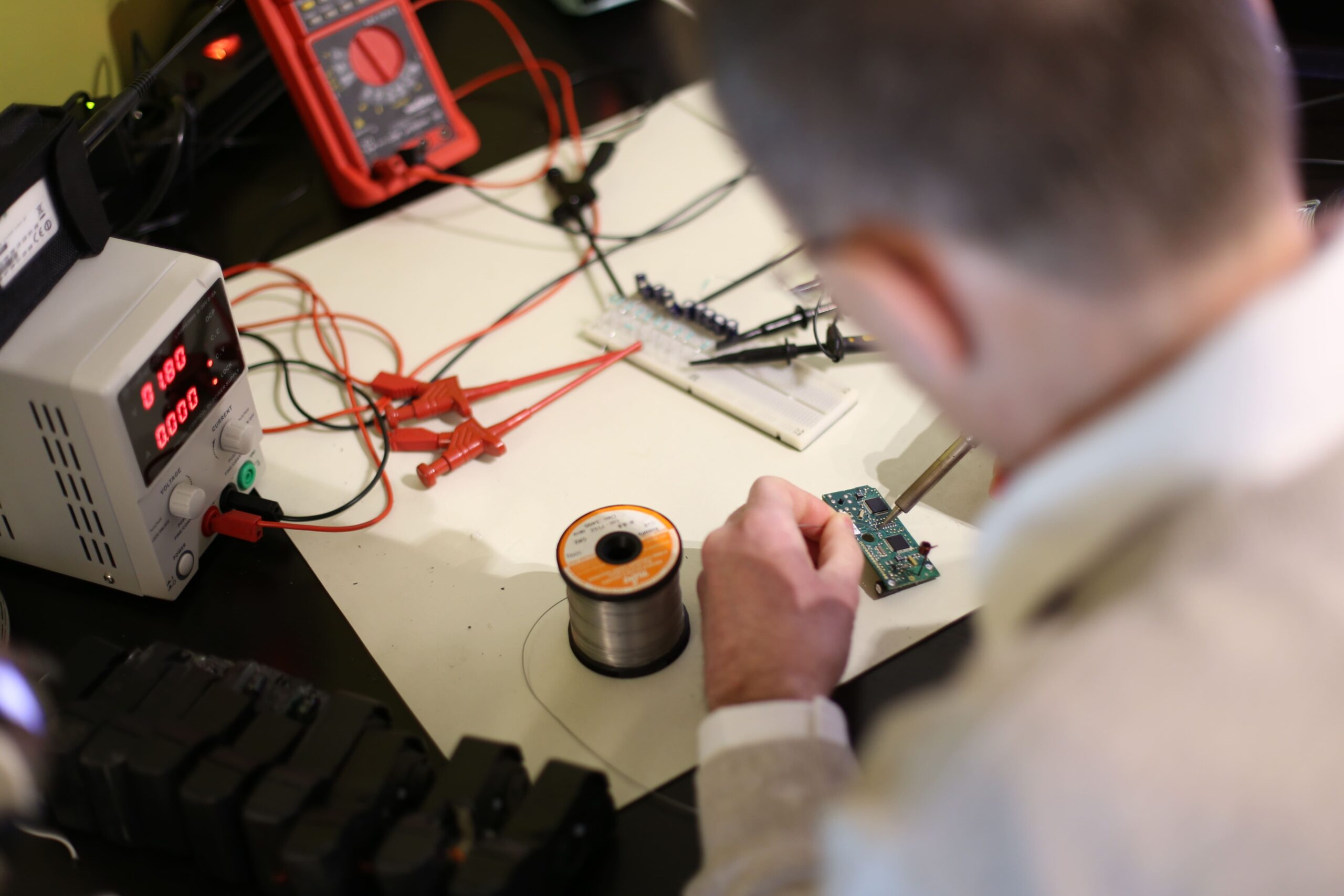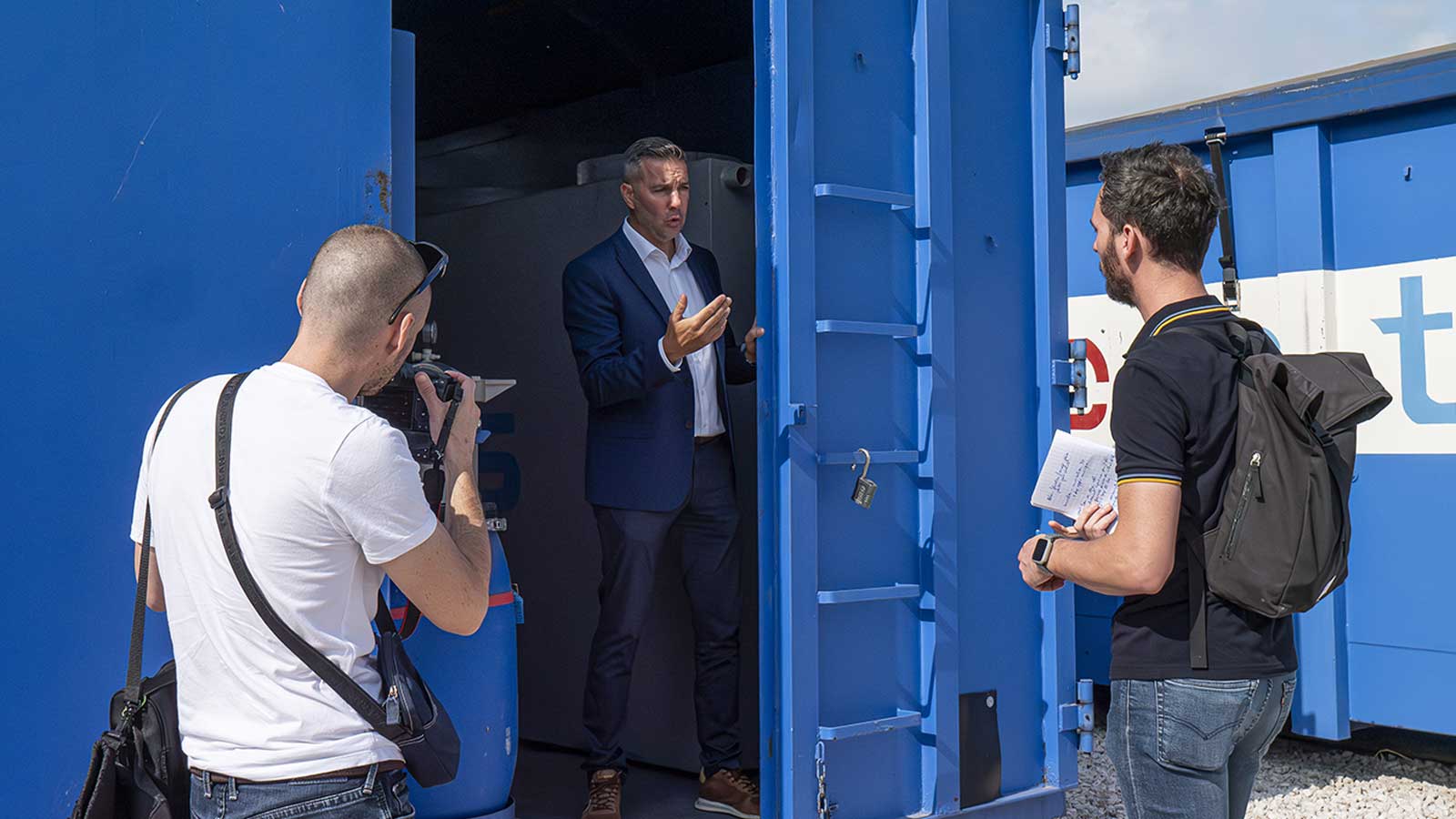Understanding the serial claim
Any product recall or manufacturing defect in a product marketed by the mass retail sector frequently receives press coverage. Since April, the french Government, under the authority of the French Ministry of Economy, has set up a website (rappel.conso.gouv.fr) to inform consumers about recalled products by large-scale distribution. As an additional tool available to the loss adjuster to detect patterns, loss adjuster know-how is nevertheless a profession that combines hindsight, operational guidance and technical support to regulate claims during an incident.
Comprehending the risk of serialization
A recall of a product, whether in the food or consumer goods sector, has financial consequences for any company. A so-called “serial” claim can represent a large amount of damage and the entire challenge is to know at the outset the extent of the claim… Are there one or more batches of goods affected by the recall? What are the consequences in case of damage? These are all questions that make it difficult to identify and resolve the serial risk. These are all questions that complicate the identification of serial risk and its resolution.
With several dozen recalls per day, the food industry remains the busiest sector of activity, whether it is a product presenting a non-compliant hazard or an injunction from the authorities to carry out a recall in the case of the presence of dangerous elements (foreign bodies, pesticides, etc.). The latter case requires systematic coordination with the authorities, while the policyholder contacts his company, which in turn carries out a regulatory watch.
How does the procedure work?
As yet, there is no specific legal definition of a serial claim. A so-called “serial” claim refers to an incident involving a series of damages and/or damaging events with the same technical cause on several products from the same supplier.
When the product defect is discovered, and it is a breach of the regulations, then the industry must alert the health authorities. It is at this point that the recall procedure is triggered.
In the case of the food sector, this could be the introduction of a foreign body, contamination or a risk analysis.
In the industrial sector, it may be a defective product that does not provide the safety that should be expected.
What is the role of the loss adjuster?
Faced with a crisis situation, insurers call on loss adjusters to identify the potential serial risk: to determine the number of parts manufactured and which are affected by the loss, what consequences this may have and how many industrial works may be affected.
For claims in the agri-food sector, if physical pesticide contamination is found (the majority of claims), it is the non-compliant rate on a pesticide molecule that must be carried out by the client who will have incorporated this raw material into a finished product.
In such a situation, the customer must inform the local Direction Départementale de la Protection des Populations (which depends on the DGCCRF). On its side, the DDPP must respond and confirm the withdrawal of the product, while the supplier’s DDPP must inform or directly issue an injunction to the supplier of the raw material to initiate a product recall campaign for all its customers.
When there is an industrial loss, such as a fire involving a product, the loss adjuster can request the assistance of an SCCF assessor who is called in to determine the signs left by the fire. The loss adjuster asks for the context of the product upon receipt of the assignment. In the case of a first loss, the loss adjuster looks for the potential cause after examining the product.
During the loss, the loss adjuster assists the insured in the follow-up of the crisis communication. In the event of a product recall, the loss adjuster can also assist in drafting a letter requesting precautionary measures. Faced with the abundance of claims that the insured may have to deal with, it is essential for the loss adjuster to be a force of proposal: providing solutions with a toll-free number, shared Excel tables, customised collaborative tools, etc.
What next?
Withdrawal cost cover is an option often included in a company’s Professional Indemnity insurance policy and covers the costs of withdrawing a product that may cause a hazard or has already caused harm to a consumer. Whatever the cause of the recall, consumer products can present serious risks to consumers. Sometimes serial, the risk implies the rapid intervention of a loss adjuster, at the crossroads of several interlocutors, in France and internationally.
In this context, the loss adjuster plays the role of mediator by arguing and determining whether the situation is dangerous or not. Thanks to his work, the loss adjuster can define the potential impact of the serial to the insured who can, when he disagrees with the conclusions of the report, provoke a counter know-how.
With a real difficulty in knowing where the loss begins and where it ends, the serial risk is to be considered. While prevention is essential, when it occurs, real crisis management and advanced know-how as well as a high level of reactivity are essential to resolve this incident.
Etienne TURCO
Civil Liability Loss Adjuster, Agro-Food Specialist
Stelliant Group
Nicolas PATRIS
Loss adjuster, South-East Civil Liability Manager – National Product Liability Referent
Stelliant group








